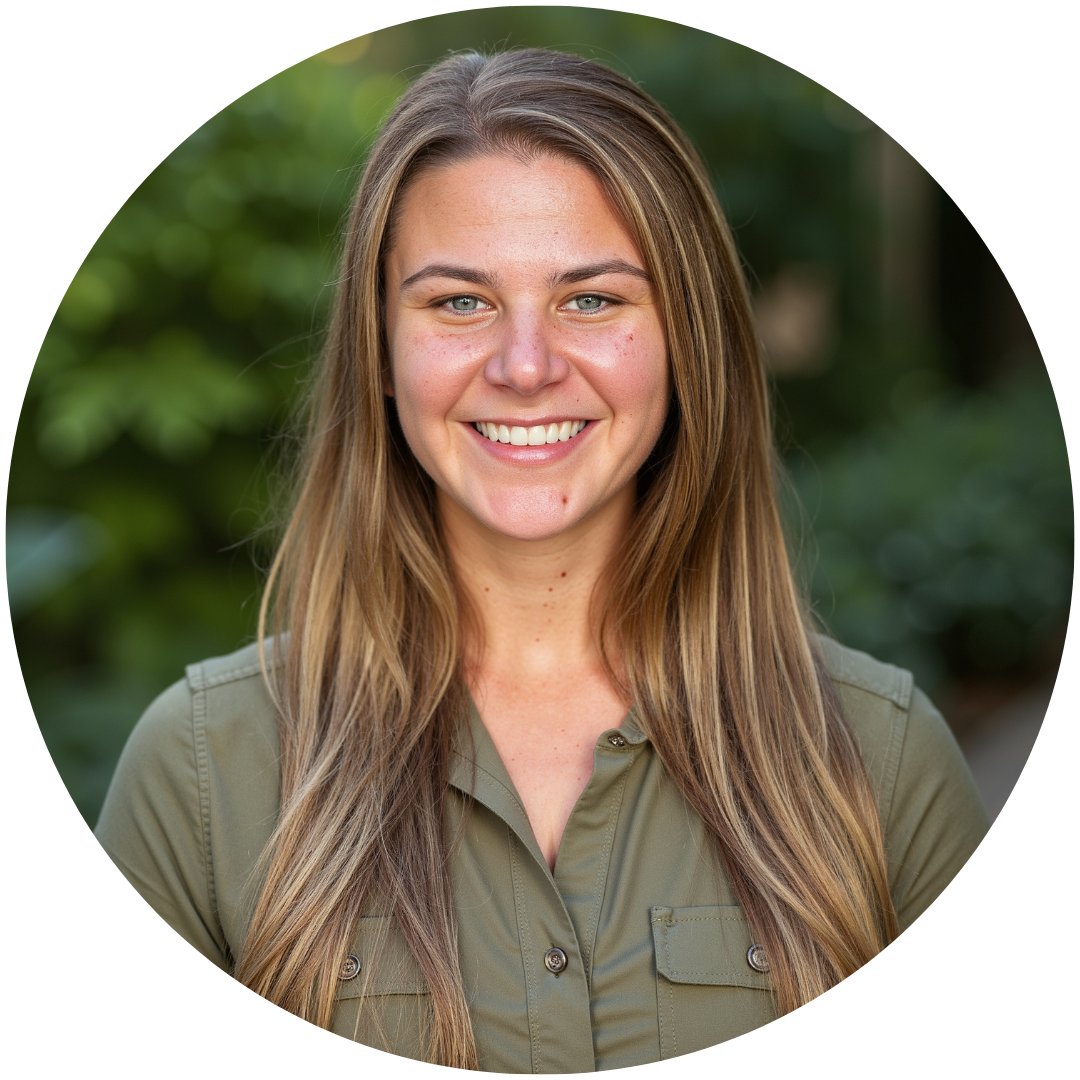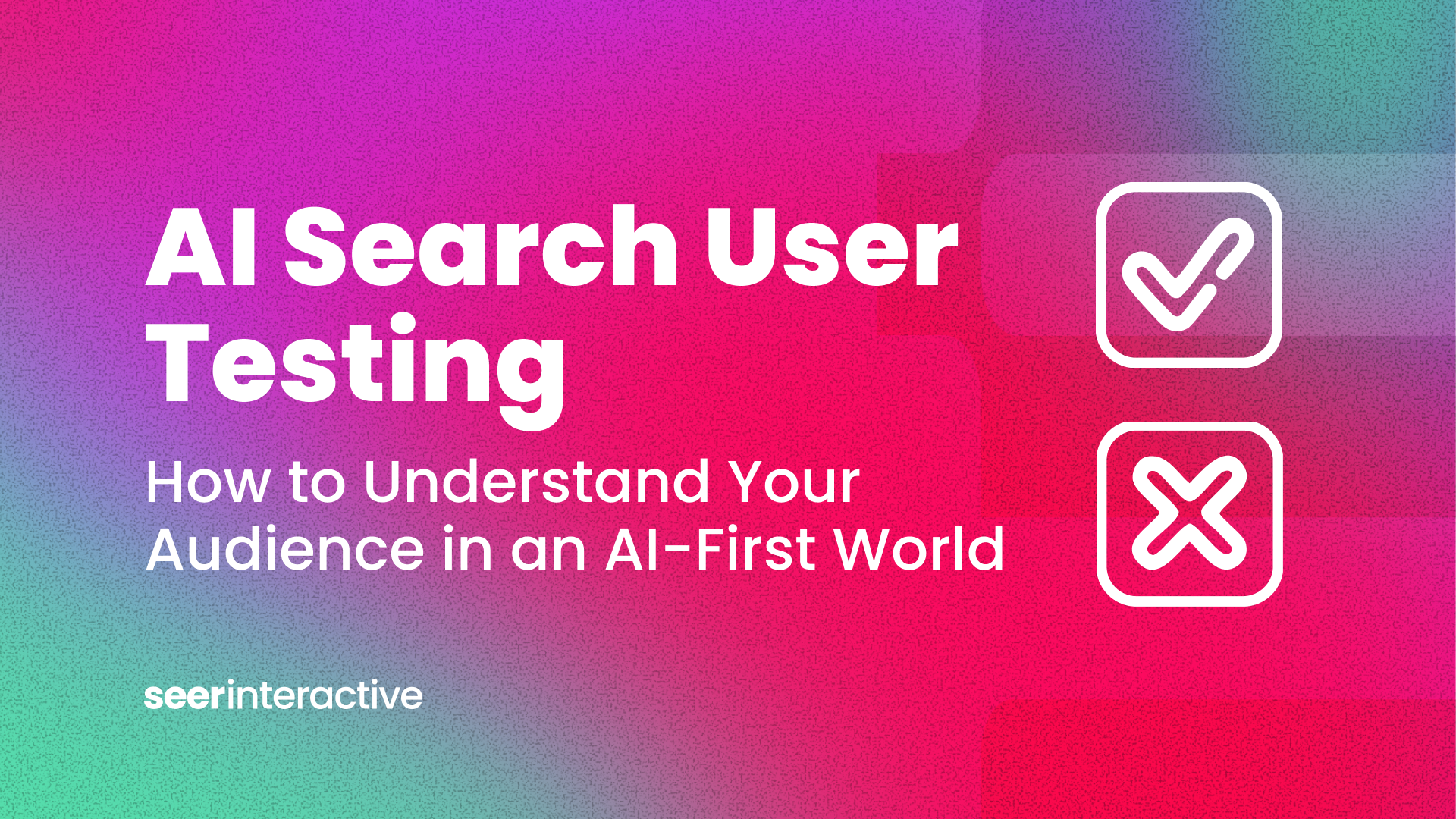Reinstituting a Culture of SEO Testing & Innovation at Seer
At some point during the pandemic, I found myself in a conversation with a colleague reminiscing about our early days at Seer -- a time when the entire Seer team in the Search Church seemed to be buzzing with nerdiness, constantly sharing the ideas and hacks and tests that we were all running across Seer, client, and personal sites (all with appropriate permission, of course).
There was always something innovative happening. It was exciting. It was fun.
It would be inaccurate to say that we’d completely lost that “buzz,” but as the team has grown and become distributed around the world, our culture has (understandably and expectedly) shifted a bit.
Our Friday team meetings used to be 25 people casually chatting about wins, losses, and in-flight tests; if you’re presenting something in one of those meetings today, you’re speaking to 50+ colleagues on a Zoom call.
It’s just a different environment, and one that’s less conducive to riffing and brainstorming.
On the other hand, Slack messages know no bounds these days -- our team is constantly chatting and engaging with ideas across channels. But, it’s unstructured and difficult for people to stay up-to-date on all the conversations, especially on top of client work.
A large part of my current role is collaborating with our Product & Innovation teams to create valuable products for our team. Just like any SaaS company, we <3 user feedback and ideas for R&D. But at times we have struggled to source both from the Seer team, which makes it difficult to ensure we’re building tools that truly add value for our clients and our team.
Our team is stacked with some of the most talented, intelligent, curious SEOs in the game -- so I knew they had some creative ideas. We just needed a way to encourage them to share their thoughts, and a process to bring those ideas to life.
It all started with a hypothesis
Alisa, Alex and I believed that by celebrating, rewarding, and engaging with the team on testing ideas, we could start to reinstitute a culture of testing within the SEO division.
Our longer term goal was to build on these test ideas and funnel new product ideas to our Innovation team, and ultimately encourage thought leadership by individuals.
Setting our team goal
First, we set a goal and some guardrails for the team. We asked each person on the team to spend no more than 60 minutes brainstorming a hypothesis in the quarter.
It could be about anything -- an idea to solve a client problem, a new tool feature, a trend they spotted in analysis, an internal process improvement. Each hypothesis had to be structured as a true “If… then…” statement, and include the data required to test and measure impact.
We shared some example templates with the team to help them structure their ideas:
Client asked about (insert idea) and it made me wonder if (insert action) (insert impact). We could test using (insert metrics/tools/data sources)
I saw this (new feature/new tool) and I thought it could help with (insert goal). I believe that (test idea) will achieve (outcome of test) and we will know we’re successful by (KPI). We could test using (insert metrics/tools/data sources).
Introducing coaching & social elements
We asked folks to share and tag their hypotheses publicly in Slack, so others could engage with ideas, riff off of each other, and generally be aware of the ideas being shared.
Senior division leadership reviewed each hypothesis and offered suggestions to tweak it when we spotted broader coaching opportunities. This allowed us as leaders to monitor and engage with the ideas coming from the team.
We also established monthly fireside chats with Wil to discuss the previous month’s submitted hypotheses, impact of tests, and any MVP prototypes he and the Product team were working on.
These have proven to be incredibly helpful for both our team and Wil -- our team gets regular coaching and feedback on their ideas from our CEO & Founder (...who also happens to be one of the industry’s best-known innovative thought leaders), and Wil gets a view into some of the ideas his team is generating, which he can showcase to the world using his reach. Win/win all around.
Finally, we gamified the entire process - team members received a lottery ticket for each submitted (and approved) hypothesis. We drew a random winner and awarded prizes for the most submitted and the highest revenue-driving potential hypotheses.
Removing the pressure of follow-through
We made it clear from the start that submitting an idea did not mean you were committing to executing it.
At that point, we just wanted to encourage folks to share ideas without any concern of overcommitting themselves to additional work. That said - plenty of people decided to run with their tests on their own.
Senior division leadership shouldered the work of collecting, categorizing, scoring, prioritizing, and resourcing to execute ideas. We created a rubric and system to align hypotheses to Seer’s current business goals, and followed it to prioritize the opportunities we are executing on.
Combatting impostor syndrome with collaboration
The most common piece of feedback we heard throughout this push was a lurking fear that an idea wasn’t “good enough” to share.
A few team members really stepped up to help each other out, workshopping ideas together and helping each other refine ideas. This was awesome to see happen organically in Slack, and helped foster a sense of collaboration which can be difficult to find in a fully remote work environment.
The Results
Our initiative was a resounding success, generating impact that we’ll continue to nourish all year from just the first 90 days of 2023. The results included:
100% of our team submitted a hypothesis
We’re most proud of this stat, as every single person touching client accounts on the SEO division thought outside the box of best practices in Q1 to try to add more value.
58 Hypotheses Collected
-
- 7% were product feature requests
- 12% were new deliverable ideas
- 16% were internal process improvements
- 21% were pilot-ready ideas with potential for immediate client impact
- 37% were SEO testing opportunities
12 Tests Kicked-off
In the quarter following our “Hypothesis Lottery,” we kicked off 12 tests which focused across Technical SEO, meta data, CTR impact, and user engagement.
3 Product Features Kicked-off
We also began work refining 3 product features, including automated alerting and improved rank change reporting for our proprietary technology platform.
4 Blog Posts Published
Lastly, it was critical that we not just get back to our roots of R&D, but that we also get back to our roots of sharing what we’re working on.
As such, we published 4 blog posts stemming from submitted hypotheses.
What’s next for Seer SEO innovation?
We're setting our sights on AI and how it will change (1) the way we work and (2) how people find information in search engines.
And with our hypothesis framework now in place, we're primed to steer those hypotheses at core challenges and opportunities facing our industry, specifically those emerging from AI.
Thinking about launching a similar initiative for your team?
Start by identifying the root issue you’re trying to solve, and build a plan to encourage your team toward helping you solve it.
In our case, we realized our SEO team’s innovation muscles were weakening, so we had to find a way to remind people how to flex it. This same framework can be applied to solving any team challenge: sales, product ideation, market launches, customer retention… really, anything! Creative solutions can spur creativity.
P.S. If you’re interested in joining this team, we’re hiring!


